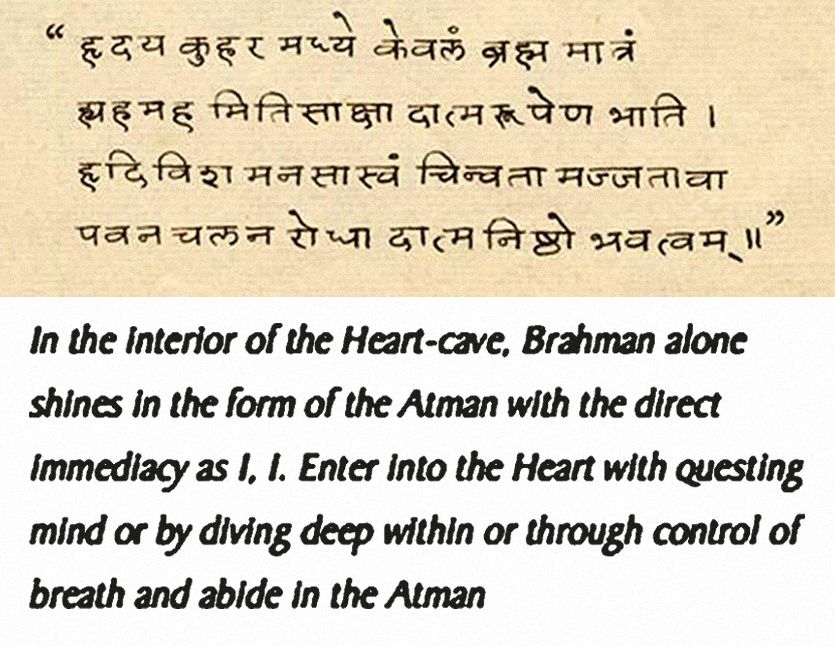Menu
The sense of individual doership that arises, thereby creating separate identity is the Ego which is an illusion. Ego does not have its own independent existence and always depends on identification with either external objects or internal imagination. This ego sense is ‘I’ thought (first thought or primal thought or ‘me’ thought). The appearance of others arises only after the rise of the ‘I’ thought or ‘me’ thought, and rest of the thoughts are strings attached to the ‘I’ thought.
By questioning the ‘I’ thought and severing its identification with objects or by witnessing (Sakshi Bhava) it subsides.
